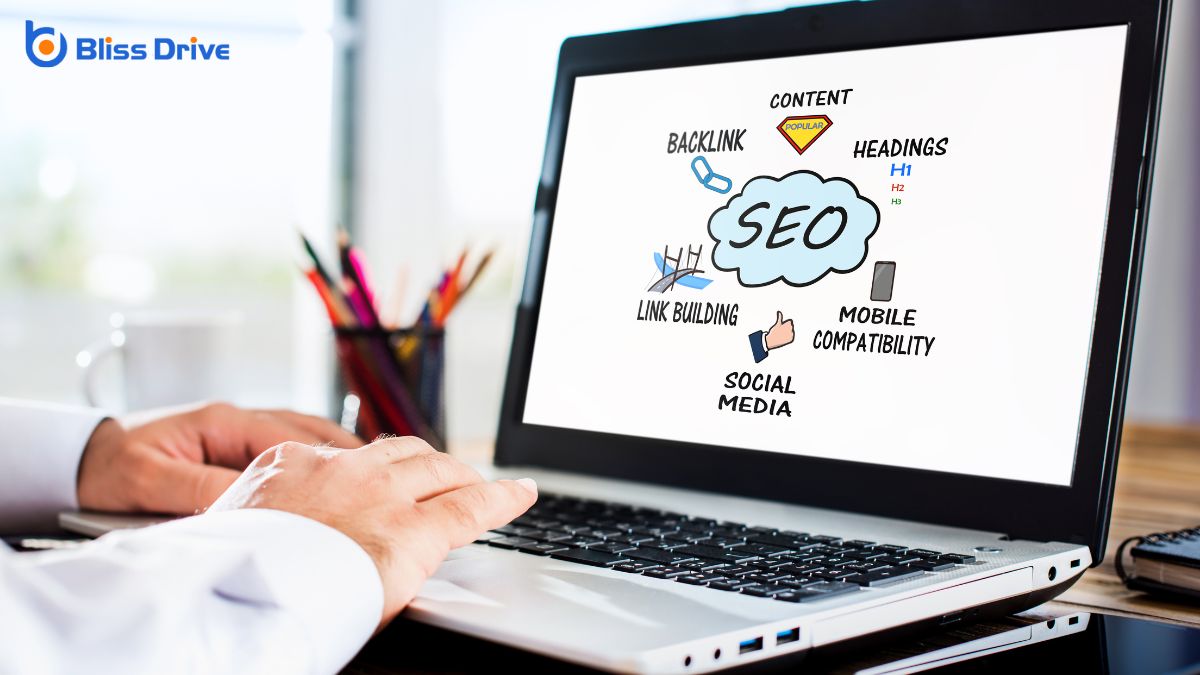Digital Marketing Services
Learn More About Us

Mastering your internal link structure can be the key to revealing SEO success for your website. You'll find that when you strategically connect high-authority pages to relevant, lower-visibility content, it not only improves user experience but also boosts your site's search engine visibility. By doing this, you guide visitors seamlessly through your site, reducing bounce rates and increasing engagementThe interactions that users have with a brand’s content on social media.. Curious about how to elevate your site's performance even further?

While maneuvering the world of SEO, understanding the role of internal links is fundamental. You might wonder why internal links matter so much. They're more than just connections between your site's pages; they're essential for guiding search engines and users alike.
When you use internal links effectively, you help search engines crawl your site, improving your visibility. This boosts your pages' chances of ranking higher in search results.
Moreover, internal links enhance user experience by directing visitors to relevant content, keeping them engaged longer. They create a cohesive narrative that encourages exploration, leading to lower bounce rates and higher conversionThe completion of a desired action by a referred user, such as making a purchase or filling out a fo... potential.
To build a strategic internal link architecture, start by mapping out your site's structure with a clear hierarchy in mind. This helps users and search engines navigate your site efficiently.
Prioritize linking from high-authority pages to those that need more visibility. Use descriptive anchor text to provide context about the linked page's content and guarantee your links are relevant to the surrounding content.
Doing so enhances user experience and reinforces your site's SEO strategy.
Having established a strategic internal link architecture, let's focus on best practices for effective internal linking to further enhance your site's SEO performance.
Start by ensuring that your links are relevant and provide value to the reader. Use descriptive anchor text that clearly indicates the content of the linked page. This helps search engines understand the topic and context, improving your site's ranking.
Avoid overloading pages with too many links, which can dilute the link equity and overwhelm users. Instead, prioritize linking to high-performing or cornerstone content.
Regularly audit your site to check for broken links and update them as needed. By following these practices, you'll create a seamless navigation experience that boosts both user satisfaction and search engine visibility.
Once you've grasped the basics of internal linking, it's time to explore tools and techniques that can streamline the optimization process.
Using the right tools can make managing and improving your site's internal link structure much easier. You can boost your site's SEO by ensuring that your links are relevant and strategically placed.
Here are some tools and techniques to evaluate:

How do you know if your internal link strategy is truly effective? Start by tracking key metrics like page views, bounce rates, and average session duration using tools like Google AnalyticsA web analytics service offered by Google that tracks and reports website traffic.. These numbers can reveal how users navigate your site.
Pay attention to the pages receiving increased traffic and identify if they're benefiting from strategic internal links.
Check your organic search rankingsThe position at which a website appears in the SERP. and note any improvements. Increased rankings often indicate that search engines value your content structure. Use tools like Google Search Console to monitor crawl errors and verify all internal links are functioning correctly.
Finally, gather user feedback. Understanding their navigation experience can highlight areas needing adjustment.
Internal links guide users through your site effortlessly, helping them discover related content and reducing bounce rates. You enhance user experience by providing clear pathways, keeping visitors engaged longer and encouraging exploration of more pages.
Internal linking itself doesn't directly improve page load speed. However, by optimizing your website's structure, you can enhance user experience and encourage efficient navigation, which indirectly contributes to overall site performance and faster page loading times.
Yes, they do. When you optimize internal links, you enhance user experience on mobile devices by improving navigation and site structure. This boosts your SEO, helping your site rank higher in mobile searchUsing a mobile device to conduct internet searches. results.
You should review internal links quarterly. It guarantees your website's structure supports SEO goals and user navigation. Regular updates prevent broken links and enhance content relevance, keeping your site's performance ideal and search rankings strong.
Yes, excessive internal linking can confuse users and dilute the value of important links. You risk creating a cluttered site that negatively impacts user experience and SEO. Always prioritize quality and relevance over quantity in your linking strategy.
Mastering your internal link structure is essential for boosting your site's SEO success. By strategically linking your high-authority pages to relevant, lesser-known content, you're enhancing site navigation and improving user experience. Don't forget to use descriptive anchor text and consistently audit your links to maintain a strong architecture. By following these best practices, you'll increase page views, support higher search rankings, and ultimately drive more organic trafficVisitors who come to a website through unpaid search engine results. and conversions to your site.
